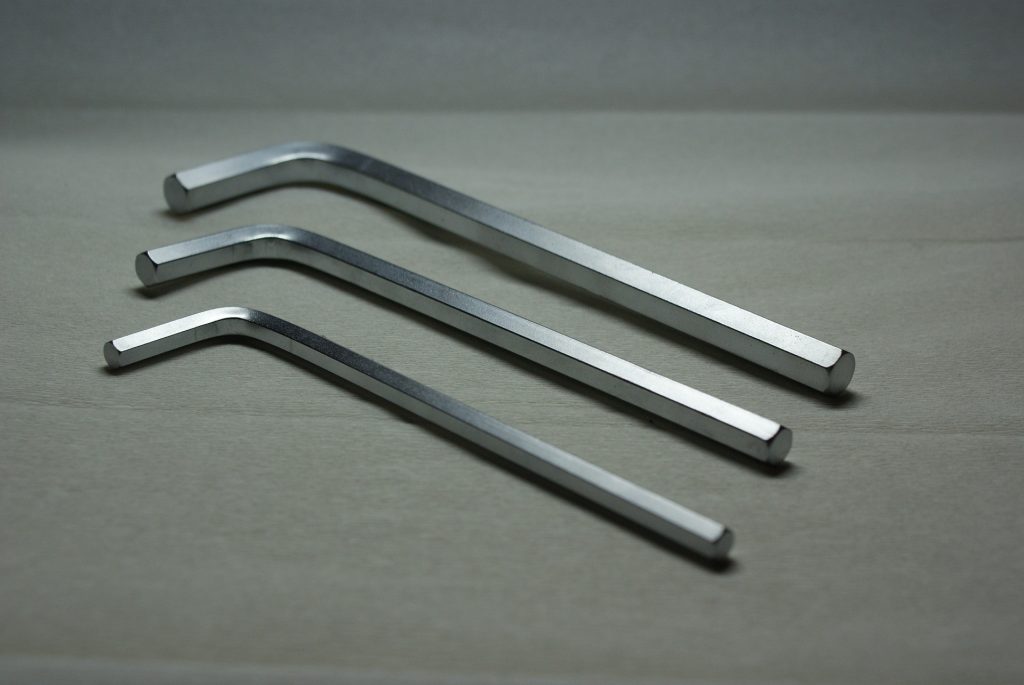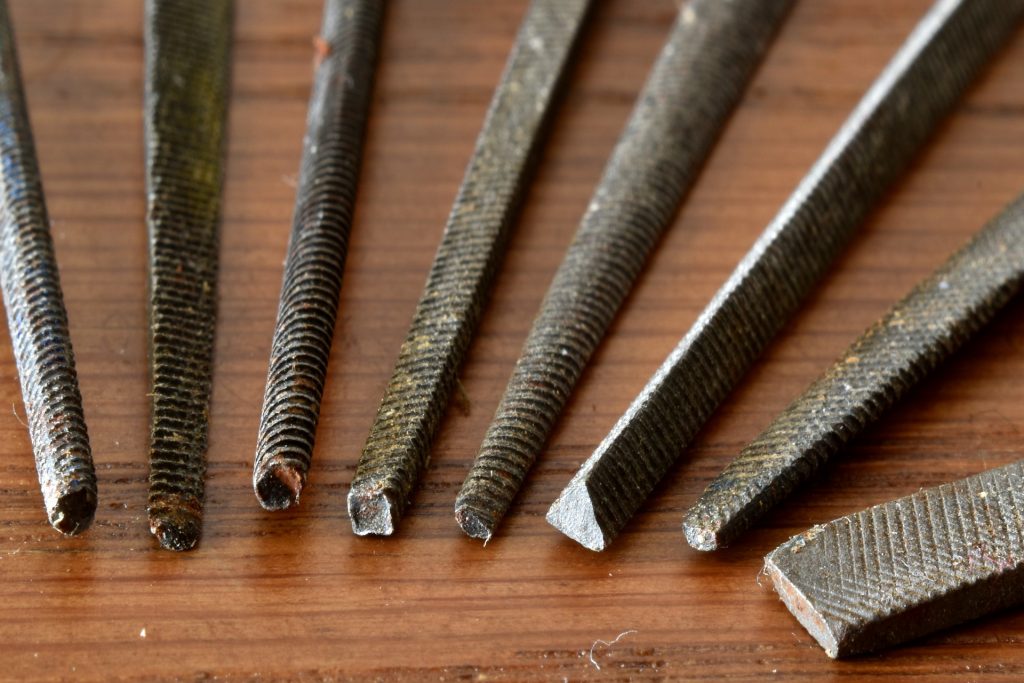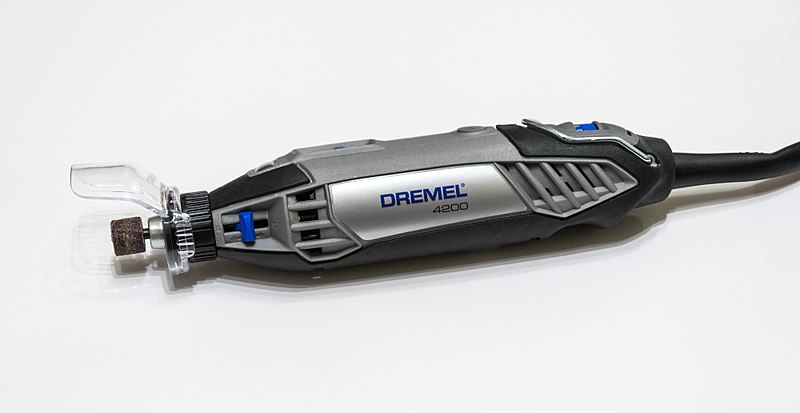
And we’re back! If you’ve been following our series on gunsmithing tools you can find at the hardware store, you’ll know we’ve already covered some significant ground. We’re back for more in this month’s edition with some new tools: hex keys, files, and the almighty dremel tool.
Hex Keys/Allen Wrenches

It seems like hex keys are everywhere. That’s particularly true in the firearms industry.
Many different firearms, holsters, and other gun accessories have some part that requires you to use a hex key to manipulate it. Even when you’re doing something as simple as mounting an optic to a rail, chances are, you’re going to need some kind of hex key. Get a good set to make sure you always have a key that’s the right size.
File Set

If you’re trying to get two pieces of metal to interface with each other just right, a file set is the way to go. You can use files for a ton of different gunsmithing applications. For example, say you want to replace the standard sights on your 1911.
Usually, both of the 1911’s sights are dovetailed. That means that the shape of the slide holds the sights in themselves. But sometimes, the sights will be too big to fit into the slide’s dovetail groove. To fix that, you can carefully file the sights until they’ll fit into the slide, then start hammering them in.
Dremel Tool

Photo Courtesy of Tsungam
The ever-popular dremel tool is the subject of countless firearm-related memes. But there are actually a ton of useful applications for a dremel tool in the firearm world.
You can use a dremel tool for tons of things. Magazine won’t fit into your AK? Dremel out the mag well (this is literally what Century Arms does to their WASRs). Stock won’t fit? Dremel it down until it will. You can even use a dremel with a felt attachment to polish that pesky feed ramp on your 1911.
It’s important to remember not to go crazy with a dremel. Don’t ever use it on anything with important tolerances. That includes sear surfaces.
Are there any tools you think that we missed? Let us know on social media and be sure to check out Part 1 and Part 2 of our series on this topic.


